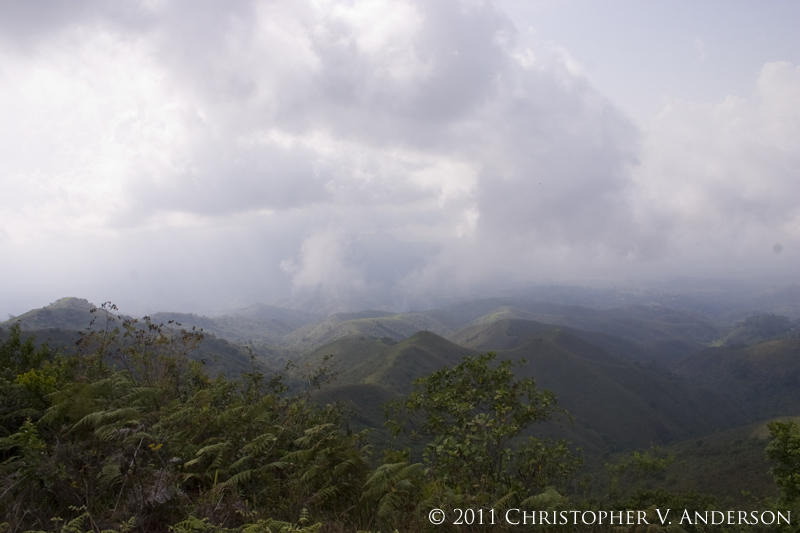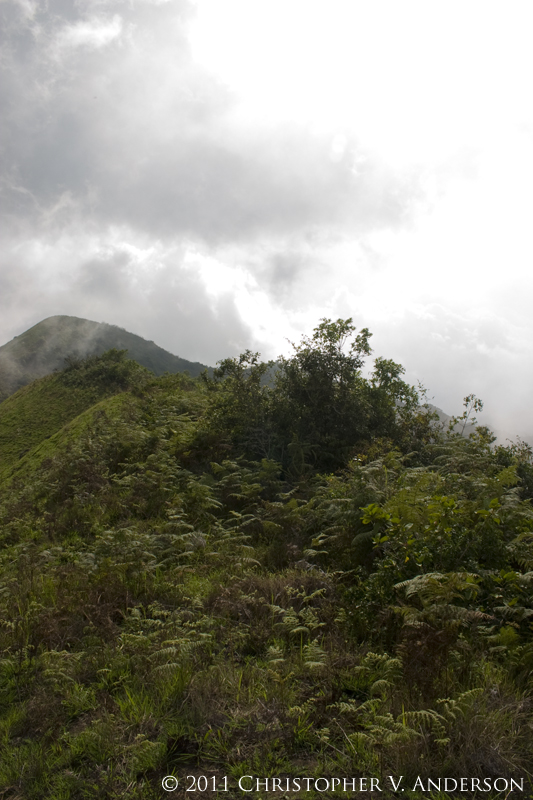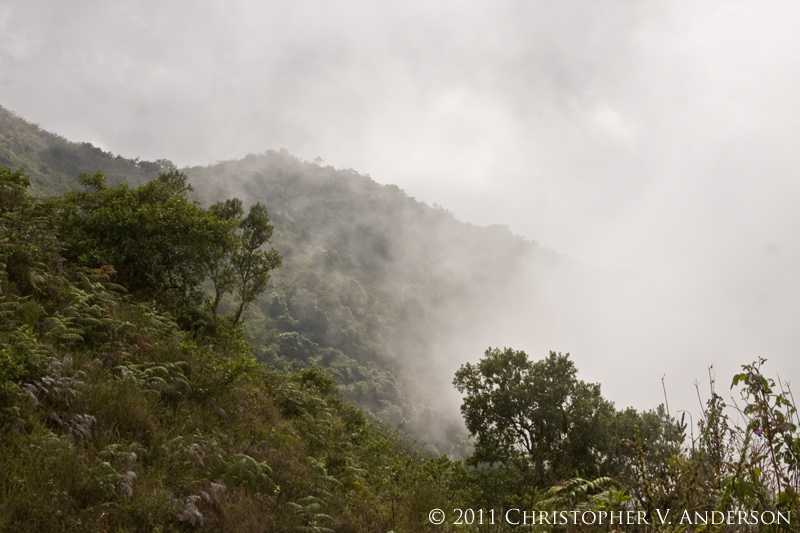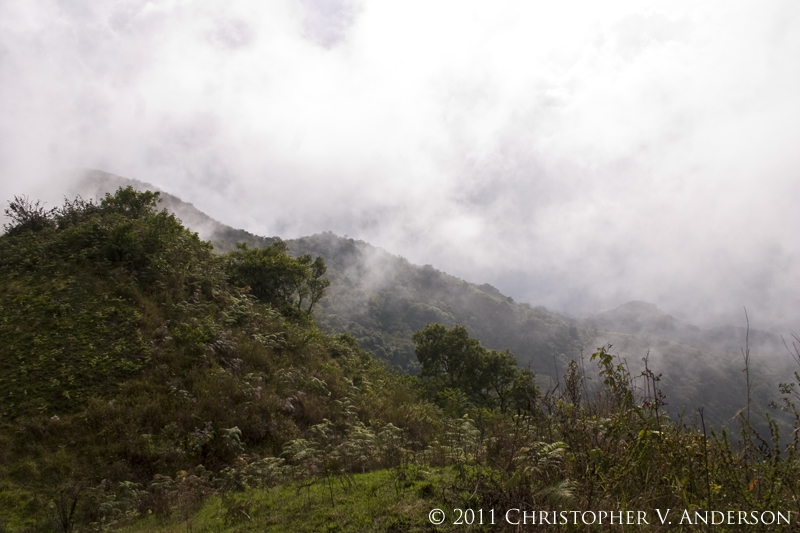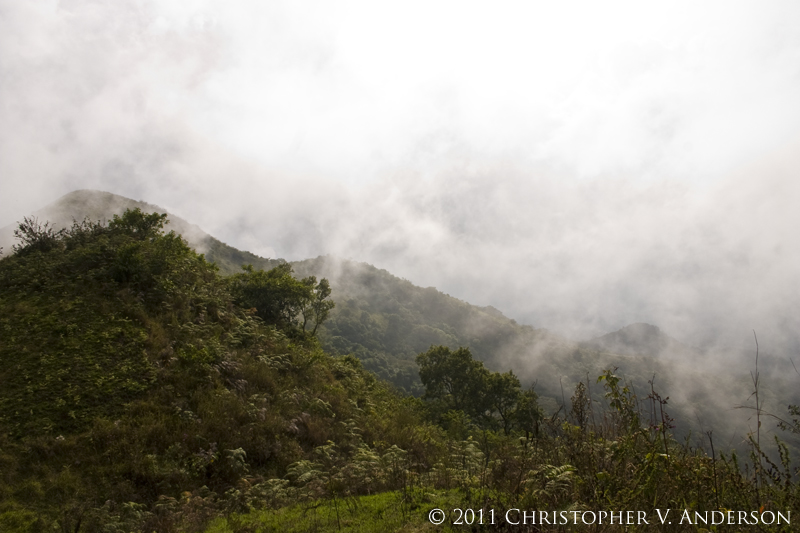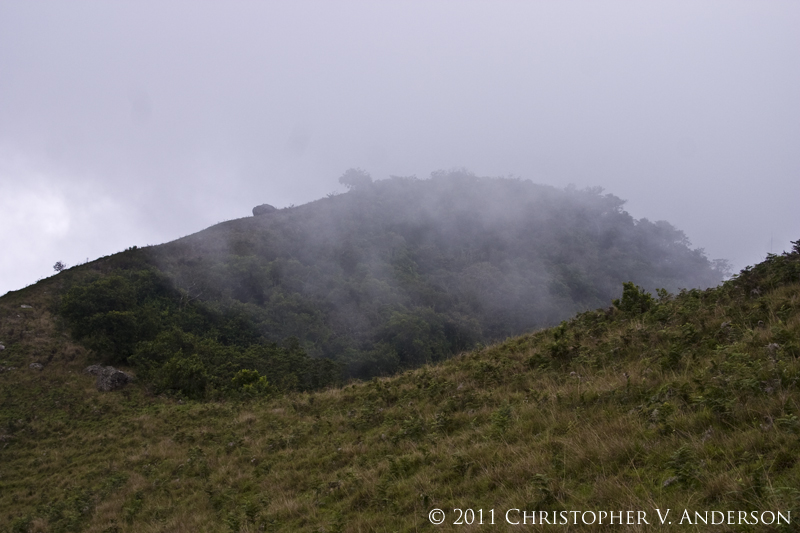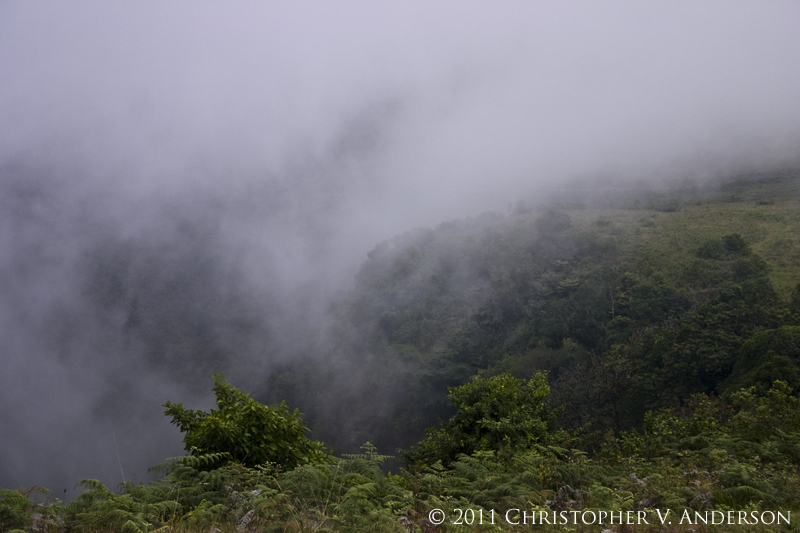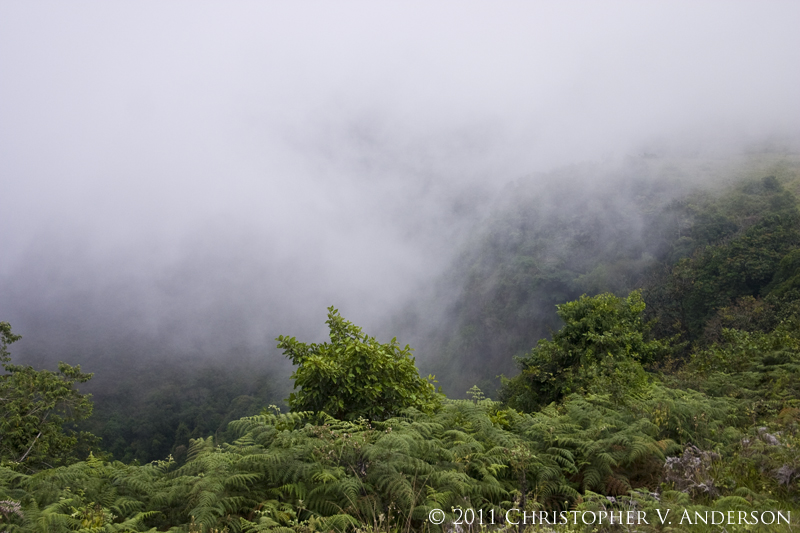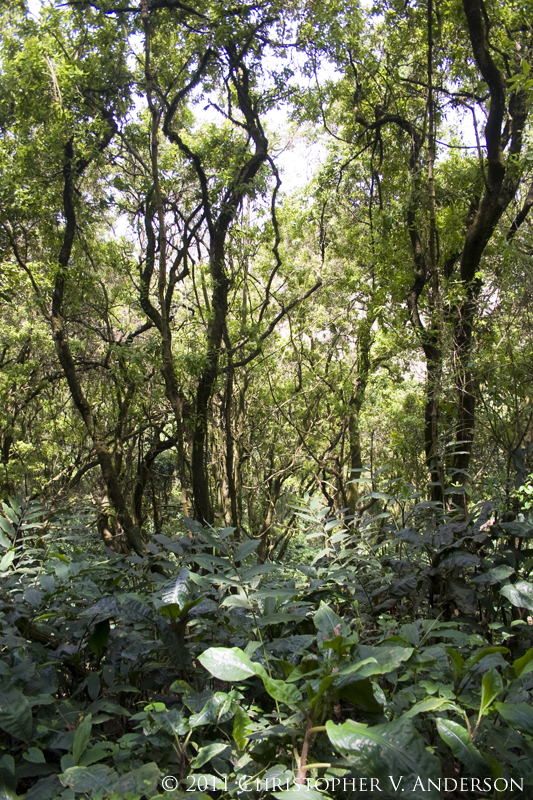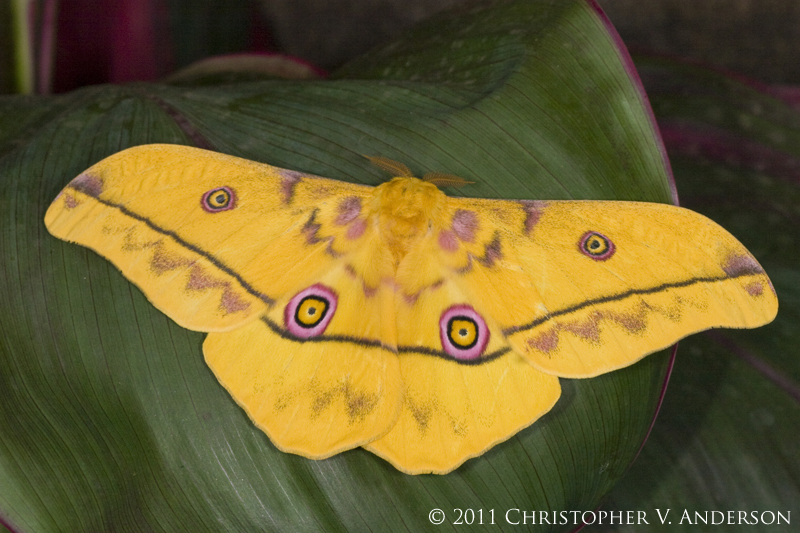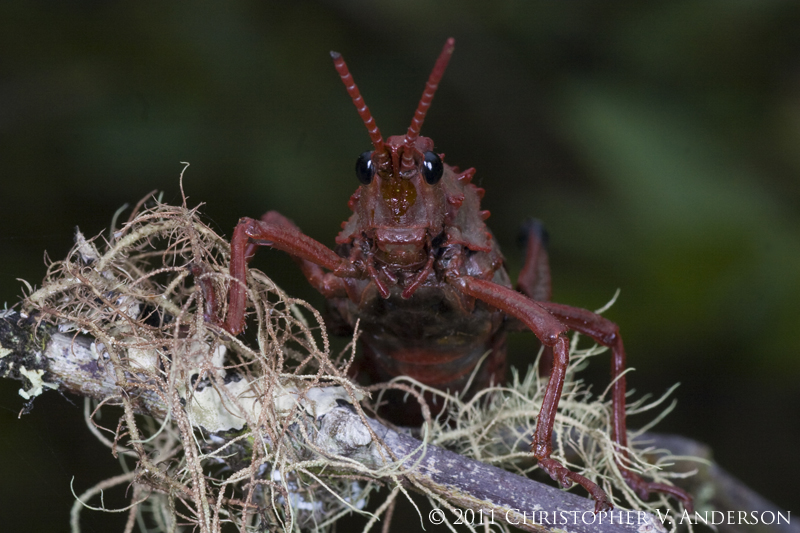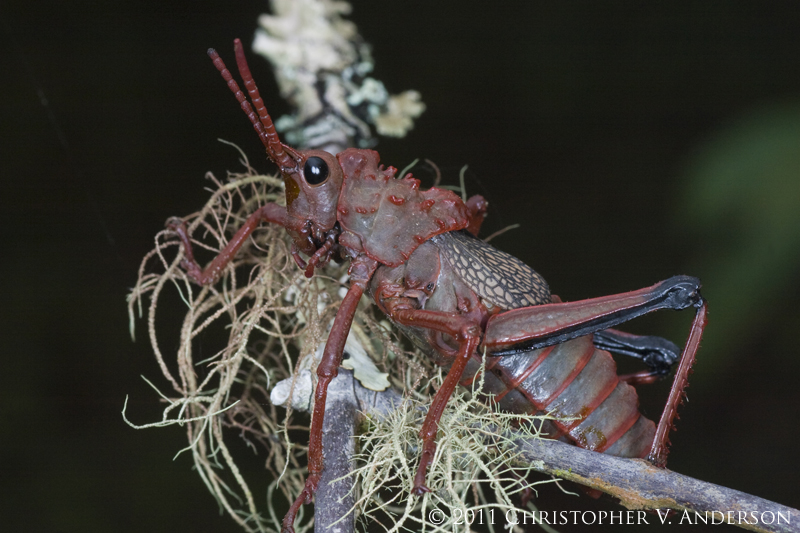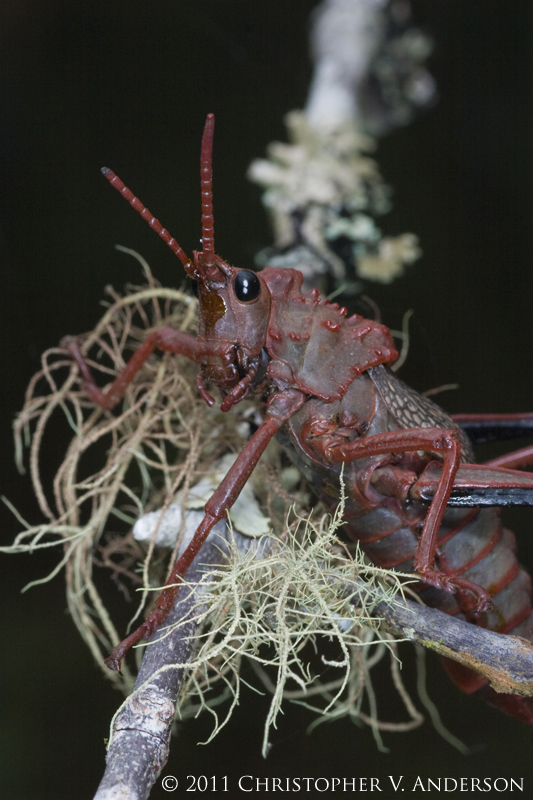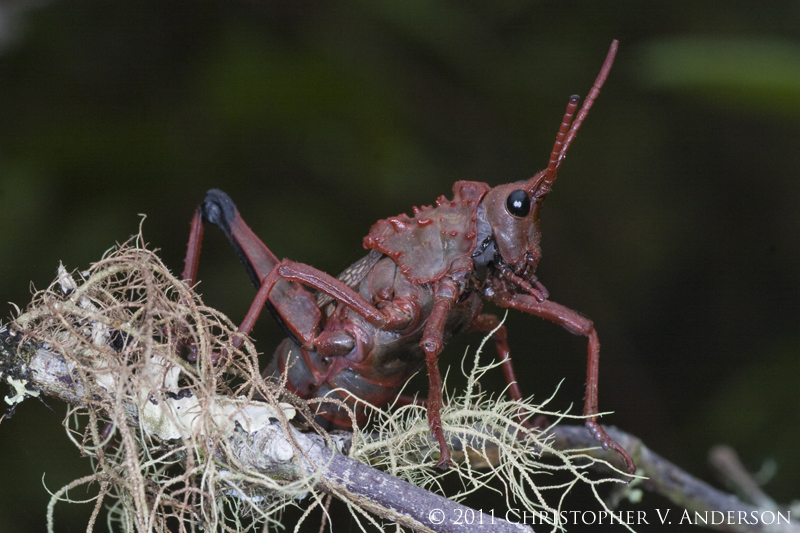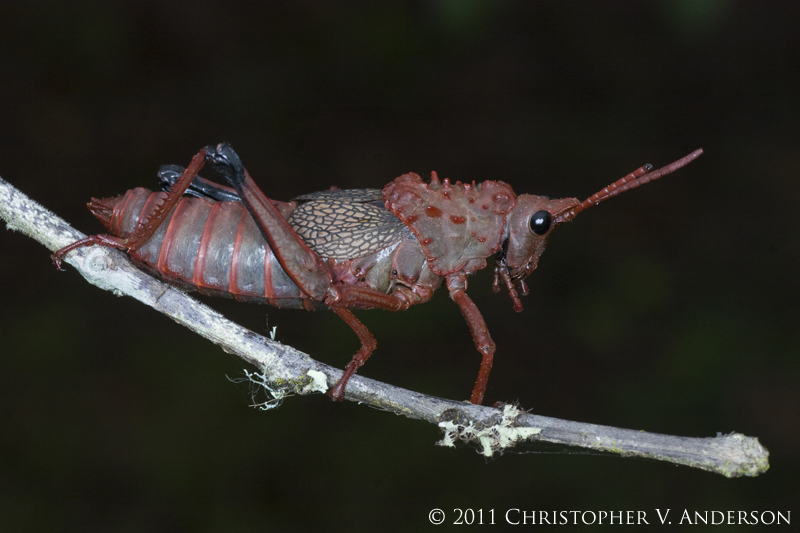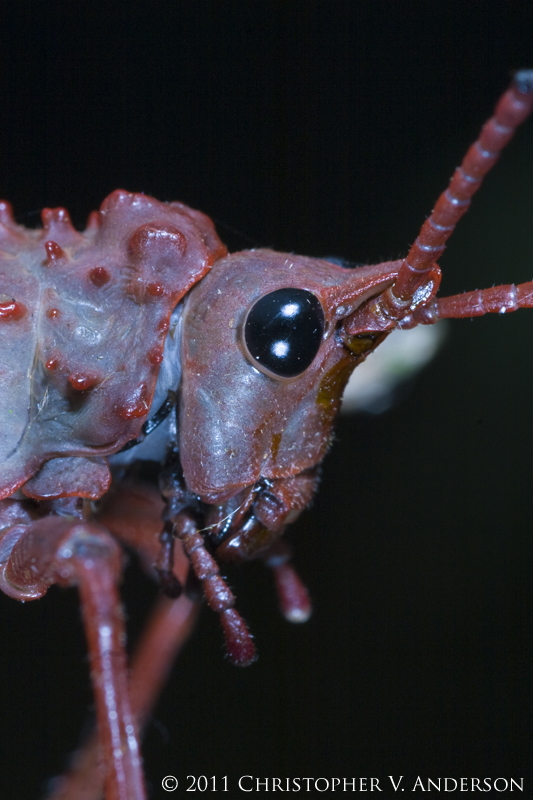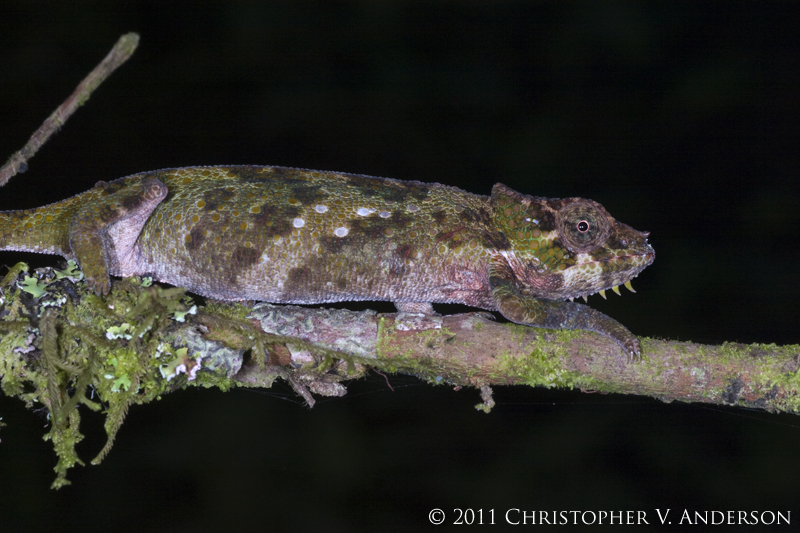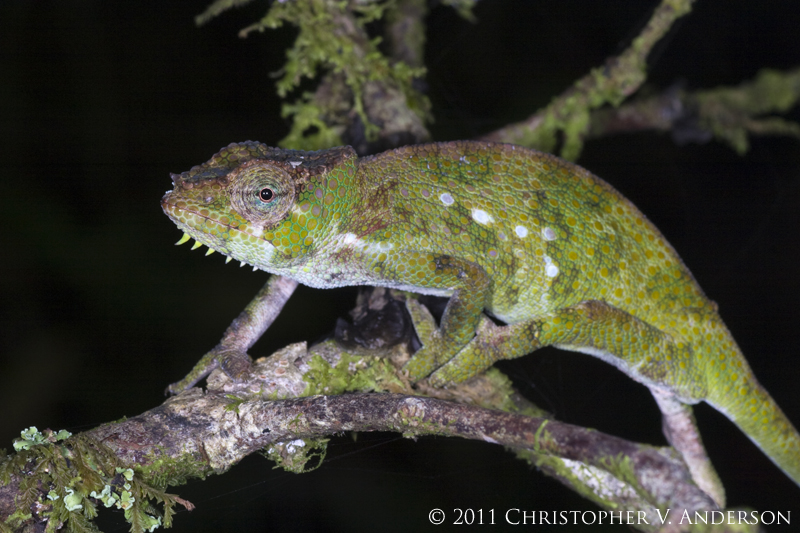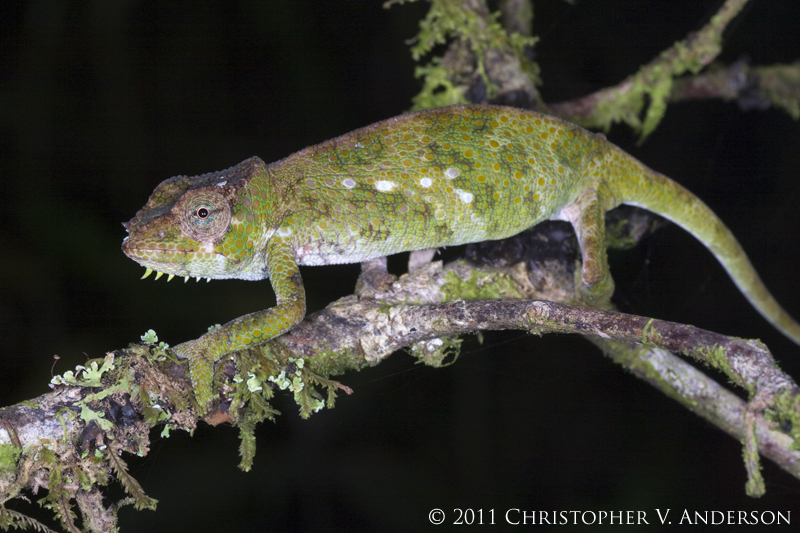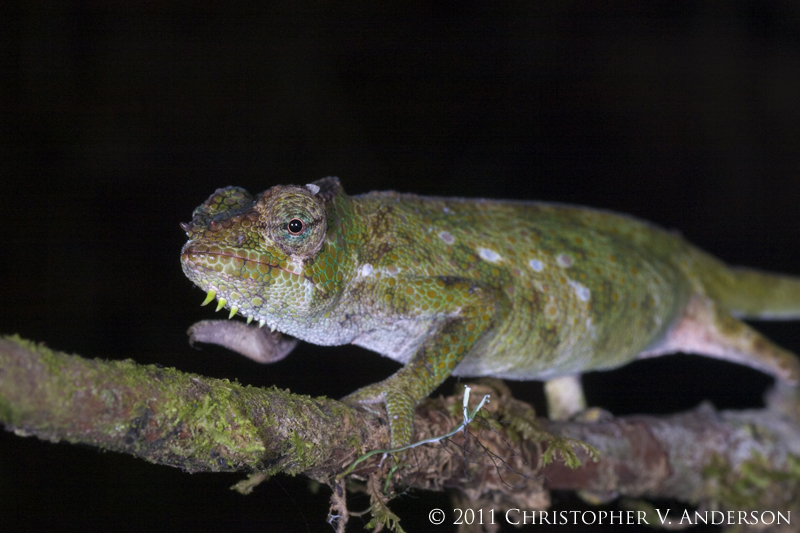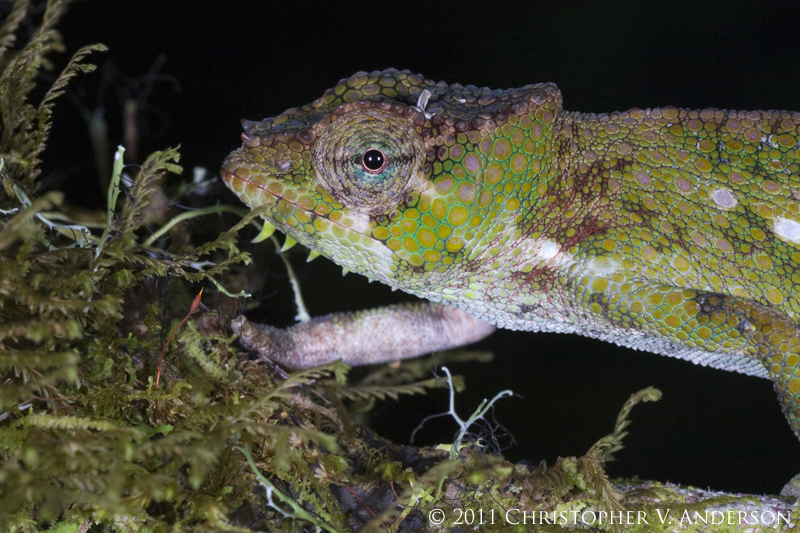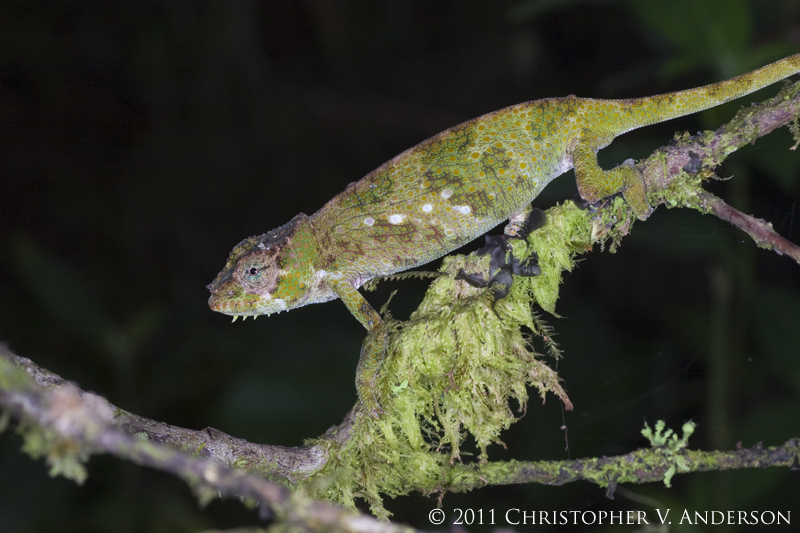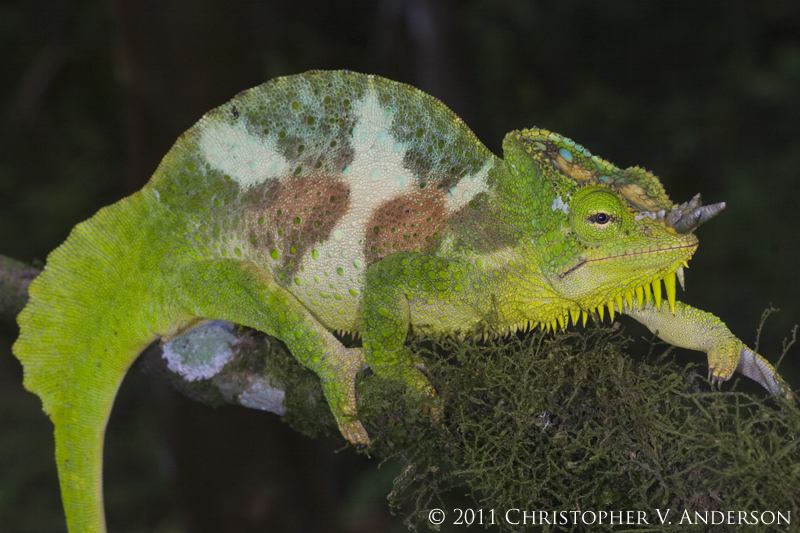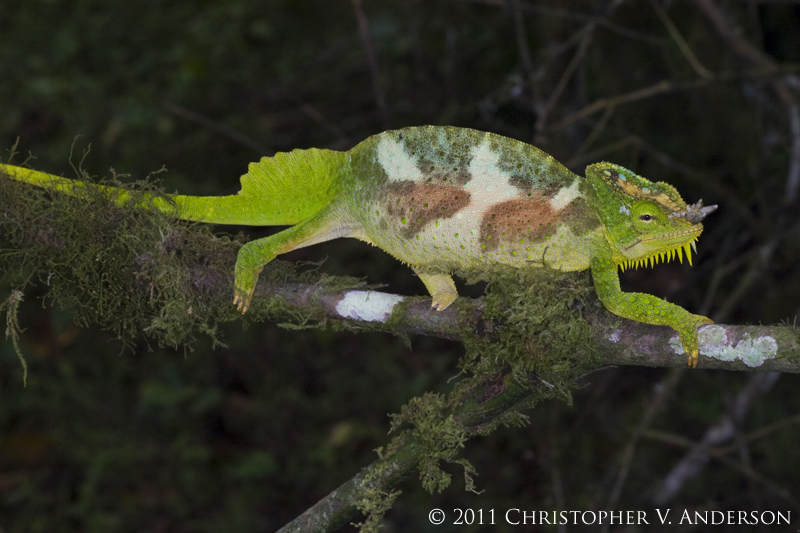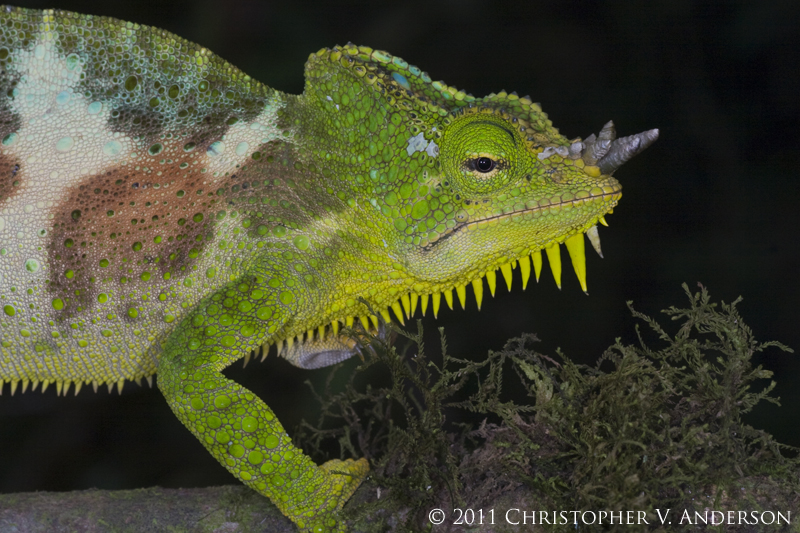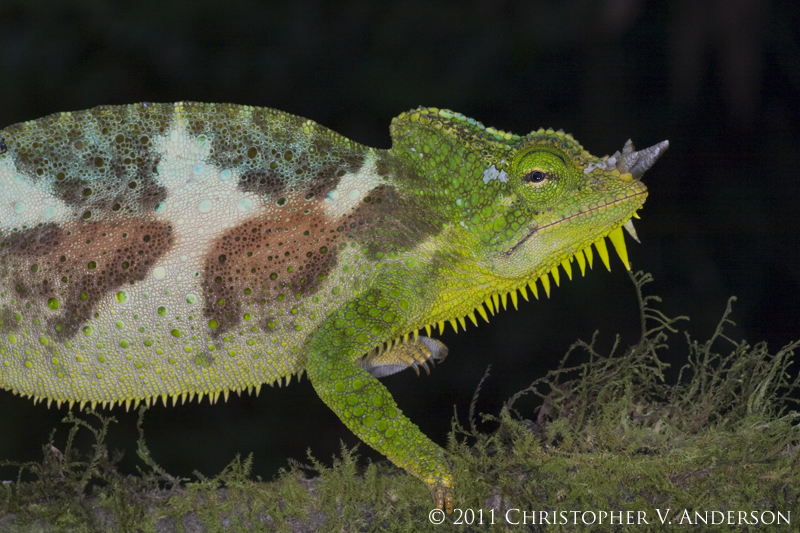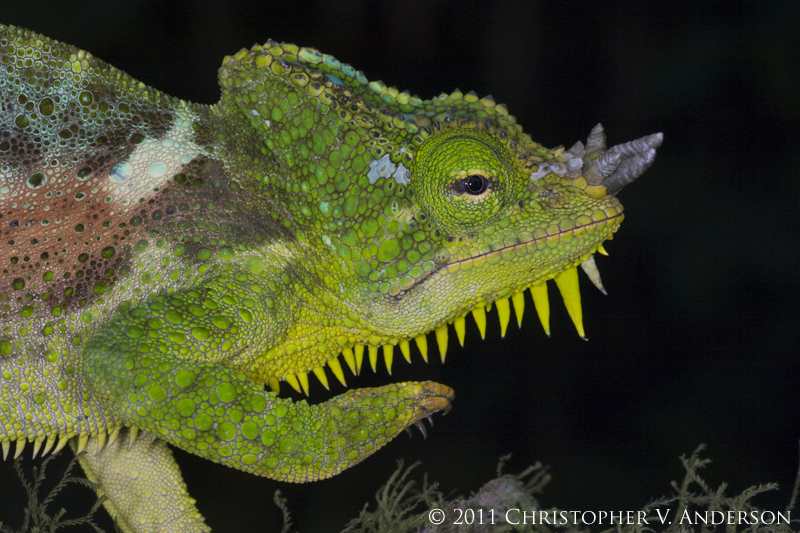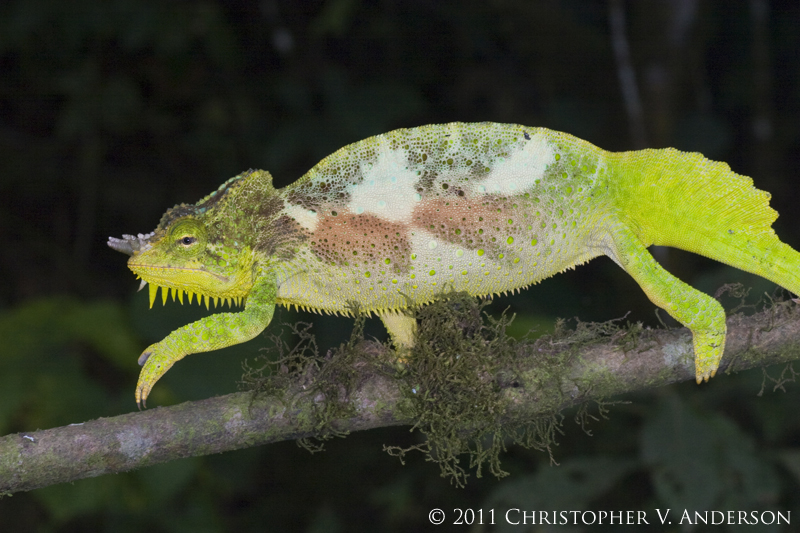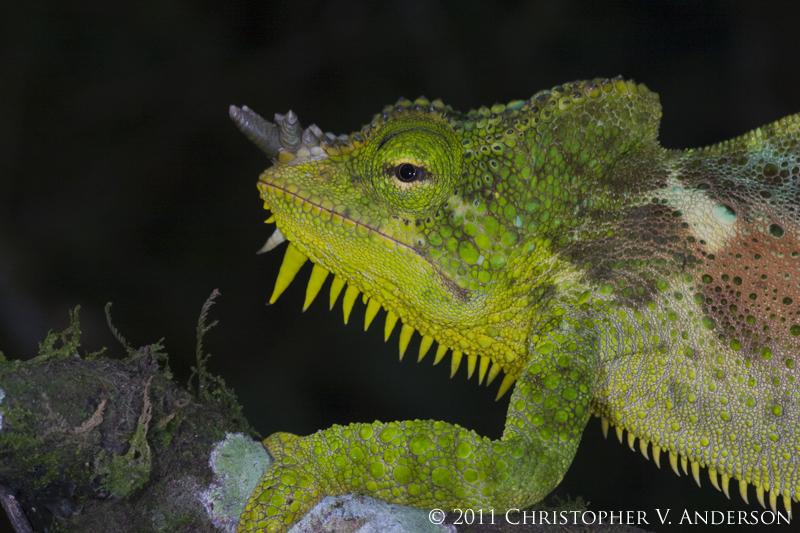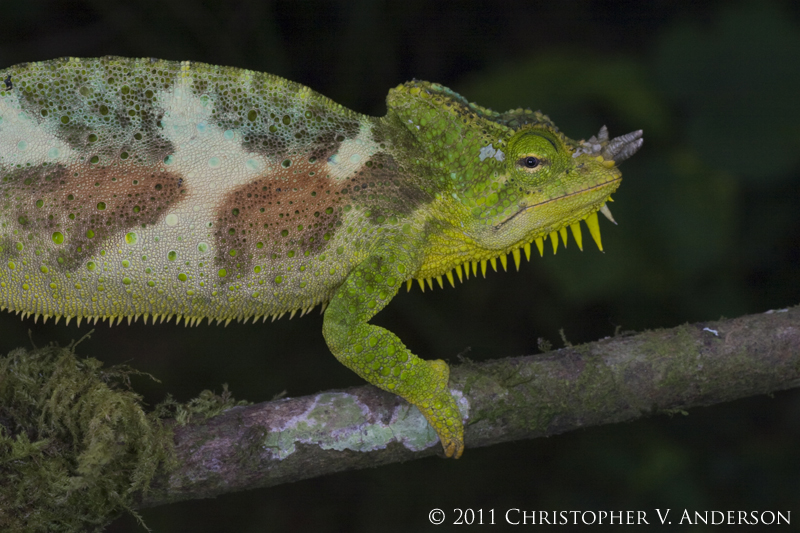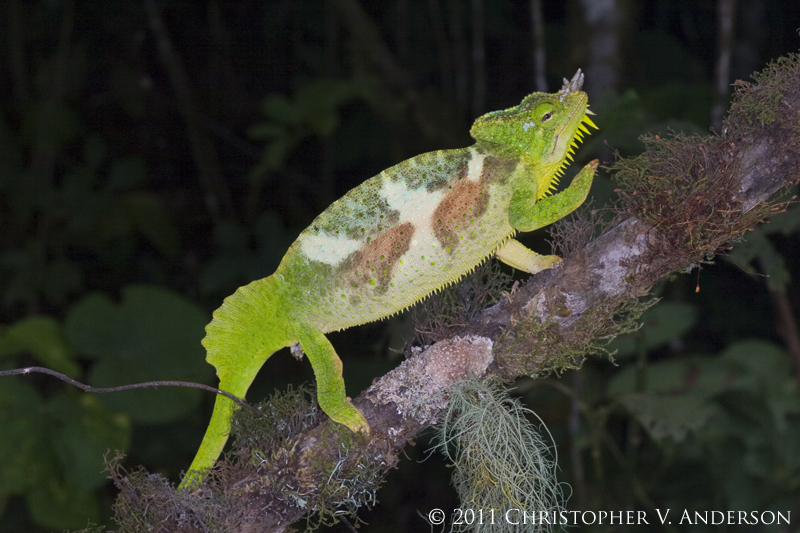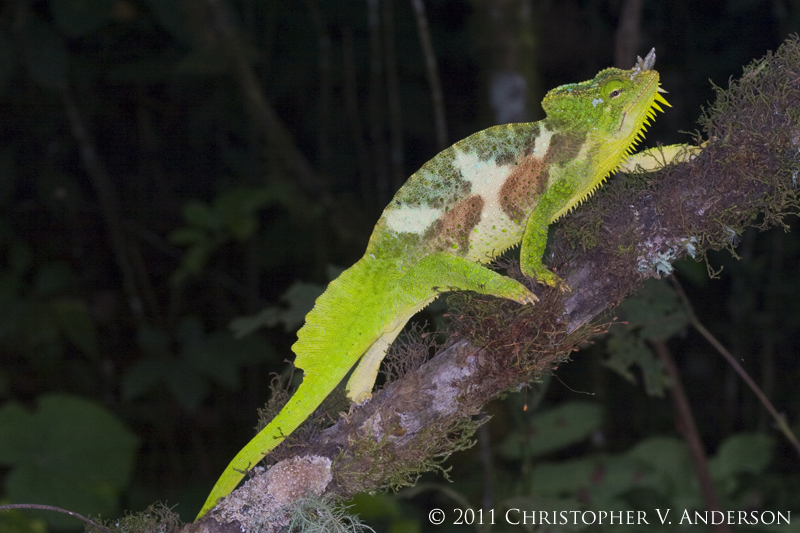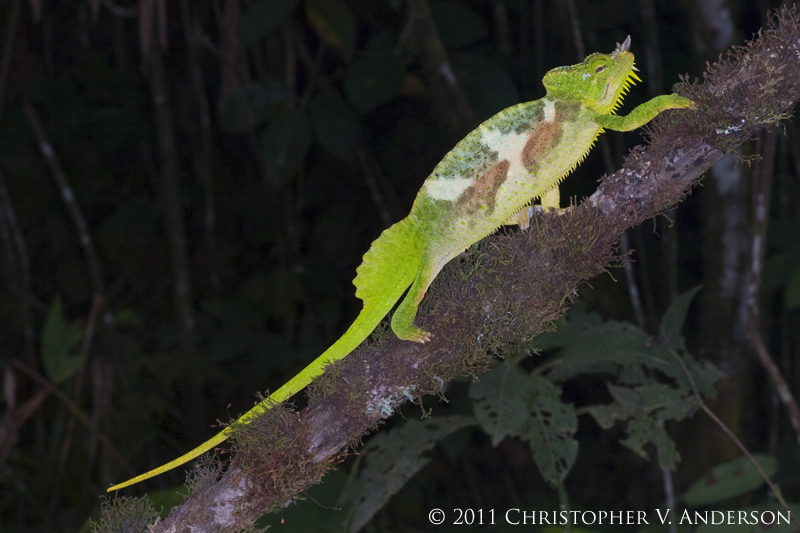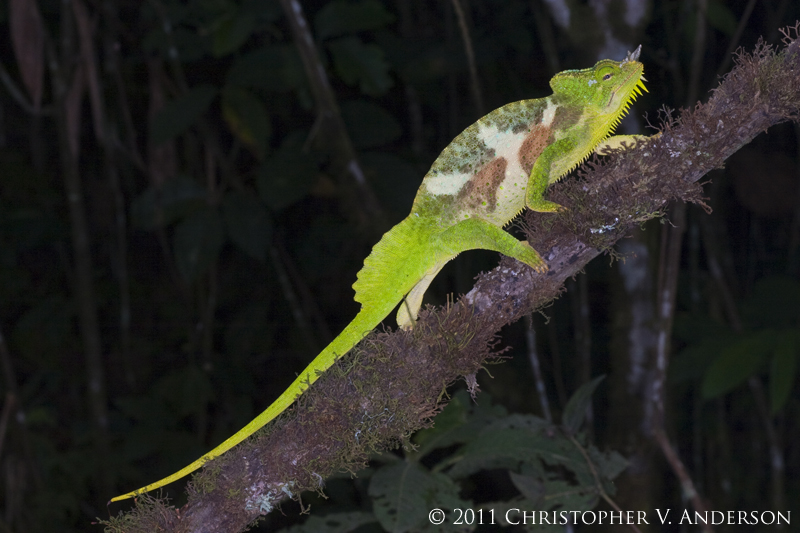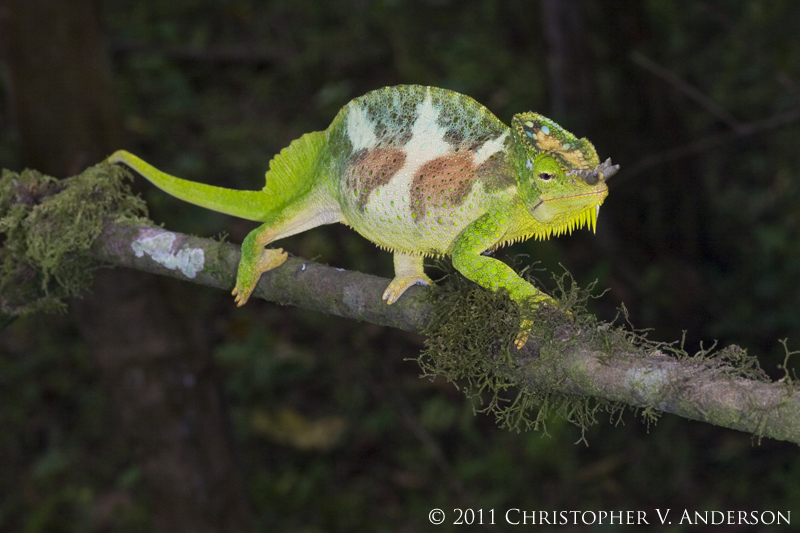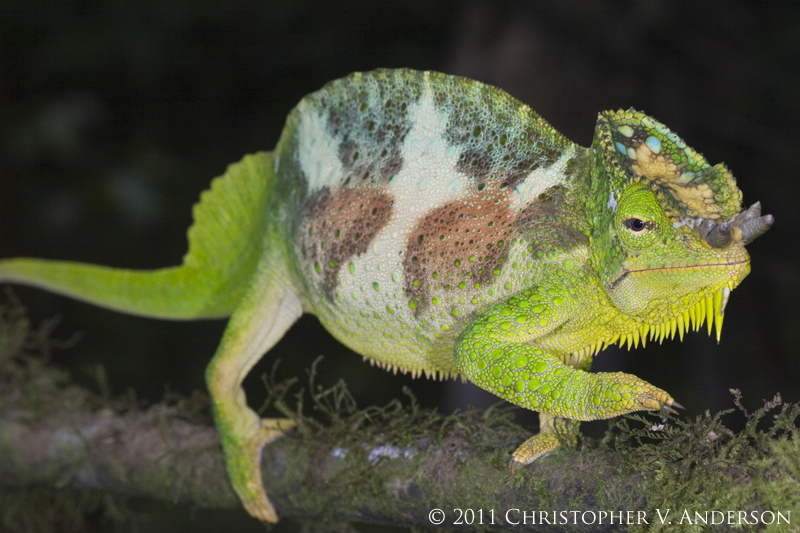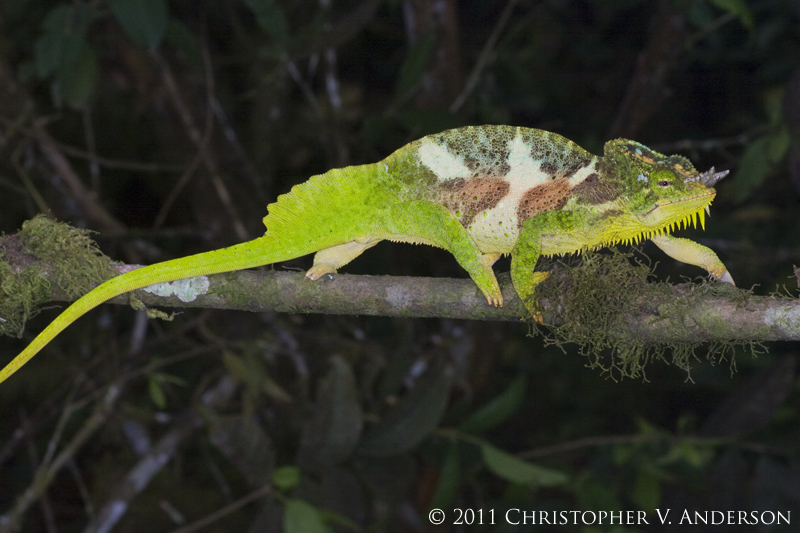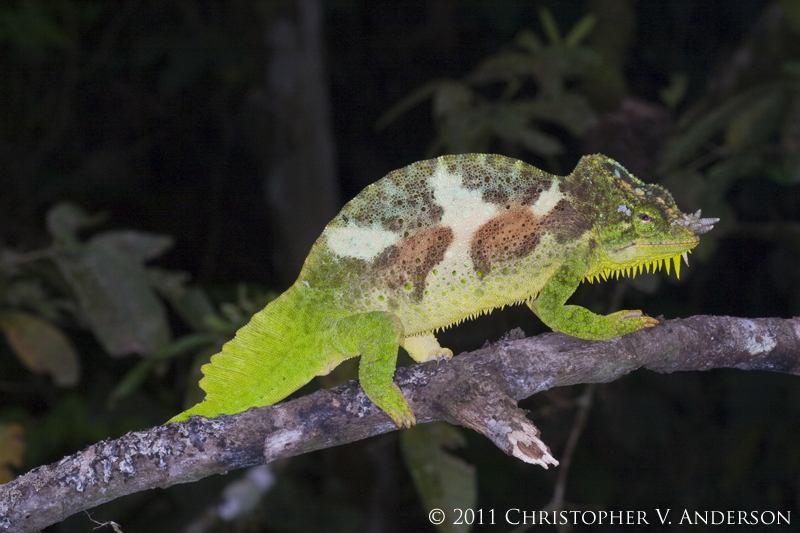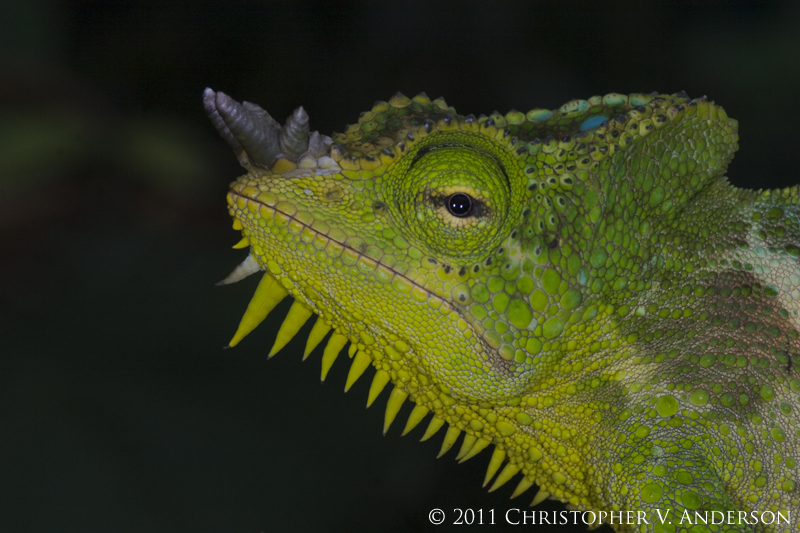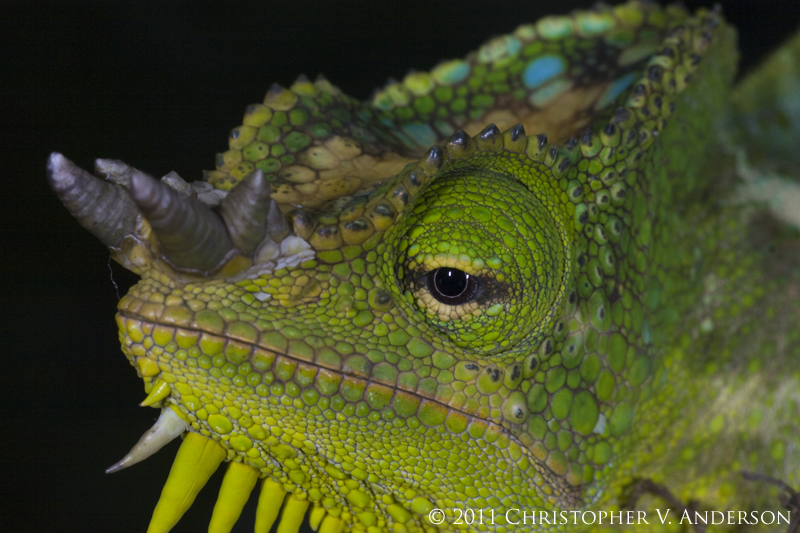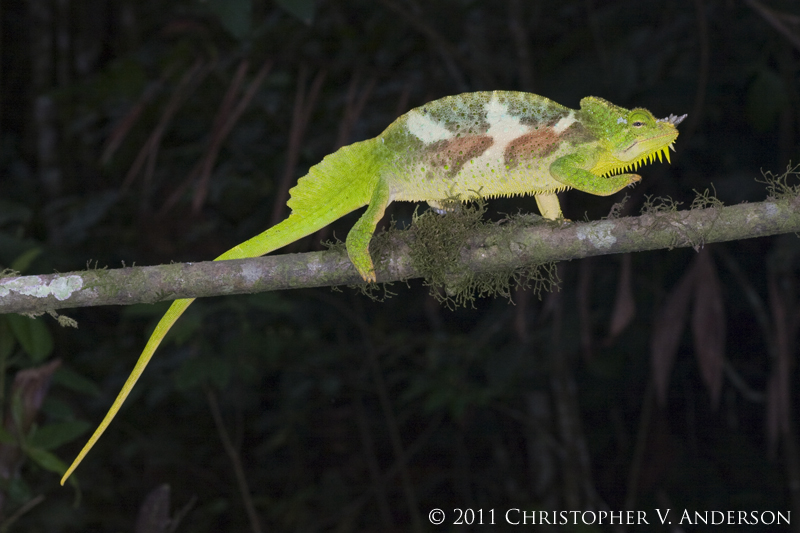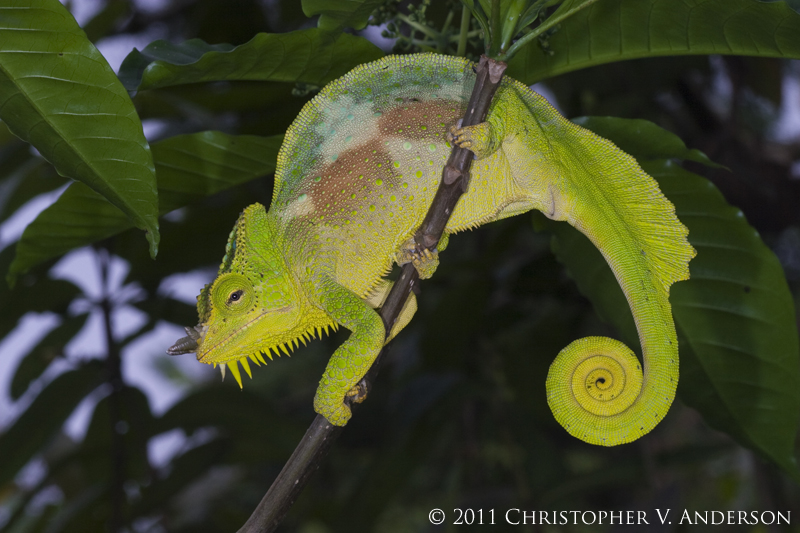Chris Anderson
Dr. House of Chameleons
This thread is the fifth and final thread in a series of threads outlining the Exo Terra Expedition to Cameroon I recently returned from. The first four threads in this series can be found here:
https://www.chameleonforums.com/exo-terra-cameroon-expedition-mount-cameroon-55779/
https://www.chameleonforums.com/exo-terra-cameroon-expedition-2-nyassosso-mount-kupe-56261/
https://www.chameleonforums.com/exo-terra-cameroon-expedition-3-mount-manengouba-56644/
https://www.chameleonforums.com/exo-terra-cameroon-expedition-4-mount-oku-57382/
Having had an extremely successful stay on Mount Oku in the Northwest Region, we headed back to the Southwest Region in the hopes of finding the adult Trioceros quadricornis quadricornis that eluded us the rest of our trip. On our way out, we found the area around Mount Oku was heavily deforested:

We decided to return to Bangem on Mount Manengouba and explore additional locations around the area. The trip between Mount Oku to Mount Manengouba, which when we had made it a few days prior saw us staying the night in two cities along the way, we pushed through and made in a single day. After a good nights sleep following our arrival, we decided to travel to the top of Mount Manengouba to visit the twin crater lakes.
The twin crater lakes of Mount Manengouba sit in a vast caldera sitting at about 2400m in elevation that has been largely cleared for cattle grazing:

The two lakes are referred to as the male and female lake. The male lake is accessible and you are allowed to swim in (which after a very full day of traveling was very nice), but the female lake is sacred and inaccessible. Small remnants of forest, although highly disturbed, are still seen around the rim of both lakes.
Male Lake of the Mount Manengouba Twin Crater Lakes:


Ridge between the Male (left) and Female (Right) Lakes:

Female Lake of the Mount Manengouba Twin Crater Lakes:


Following a swim, lunch and some exploration of the forest patches around the lakes, three of us decided to try to climb to the rim of the caldera to get an idea of what forest was left on the slopes of the mountain. The climb was extremely steep and seemed to be endless:



Once at the top, we were able to see a great deal of deforestation with primary forest seemingly only found on the steepest of slopes:

https://www.chameleonforums.com/exo-terra-cameroon-expedition-mount-cameroon-55779/
https://www.chameleonforums.com/exo-terra-cameroon-expedition-2-nyassosso-mount-kupe-56261/
https://www.chameleonforums.com/exo-terra-cameroon-expedition-3-mount-manengouba-56644/
https://www.chameleonforums.com/exo-terra-cameroon-expedition-4-mount-oku-57382/
Having had an extremely successful stay on Mount Oku in the Northwest Region, we headed back to the Southwest Region in the hopes of finding the adult Trioceros quadricornis quadricornis that eluded us the rest of our trip. On our way out, we found the area around Mount Oku was heavily deforested:
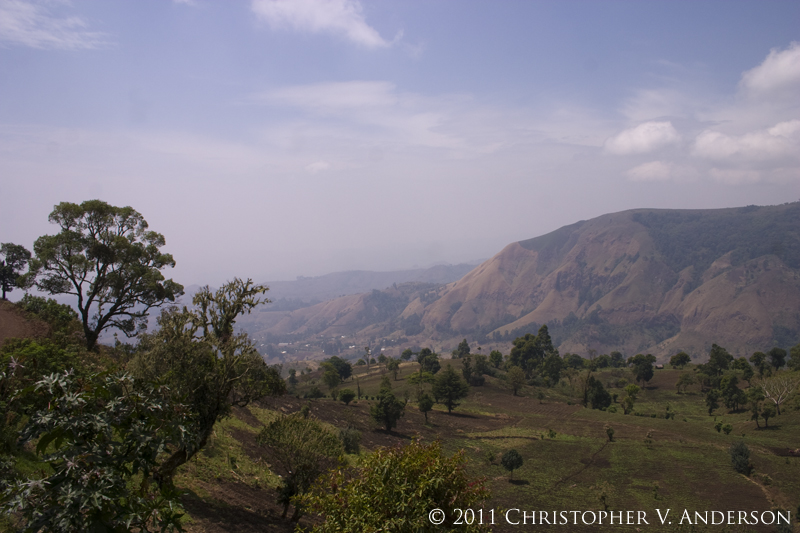
We decided to return to Bangem on Mount Manengouba and explore additional locations around the area. The trip between Mount Oku to Mount Manengouba, which when we had made it a few days prior saw us staying the night in two cities along the way, we pushed through and made in a single day. After a good nights sleep following our arrival, we decided to travel to the top of Mount Manengouba to visit the twin crater lakes.
The twin crater lakes of Mount Manengouba sit in a vast caldera sitting at about 2400m in elevation that has been largely cleared for cattle grazing:
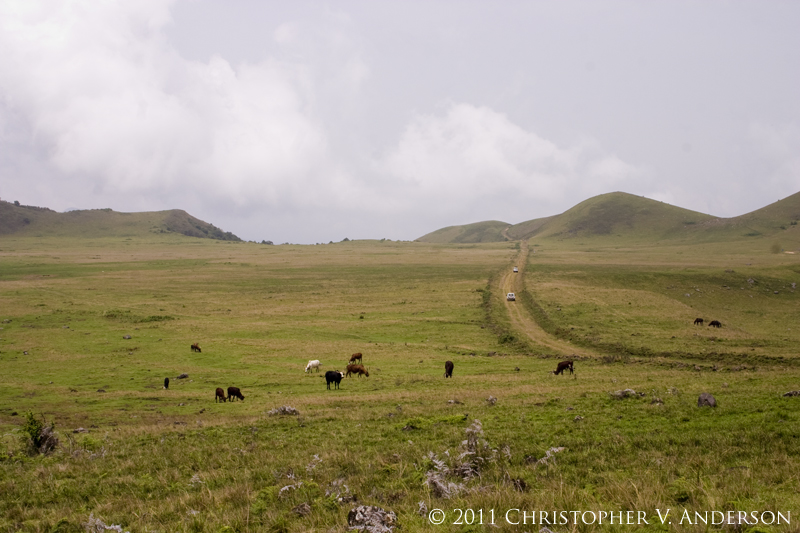
The two lakes are referred to as the male and female lake. The male lake is accessible and you are allowed to swim in (which after a very full day of traveling was very nice), but the female lake is sacred and inaccessible. Small remnants of forest, although highly disturbed, are still seen around the rim of both lakes.
Male Lake of the Mount Manengouba Twin Crater Lakes:
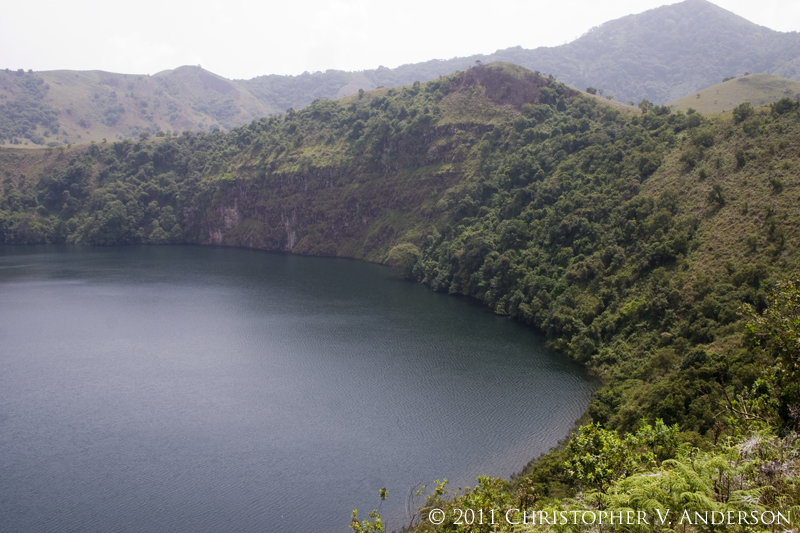
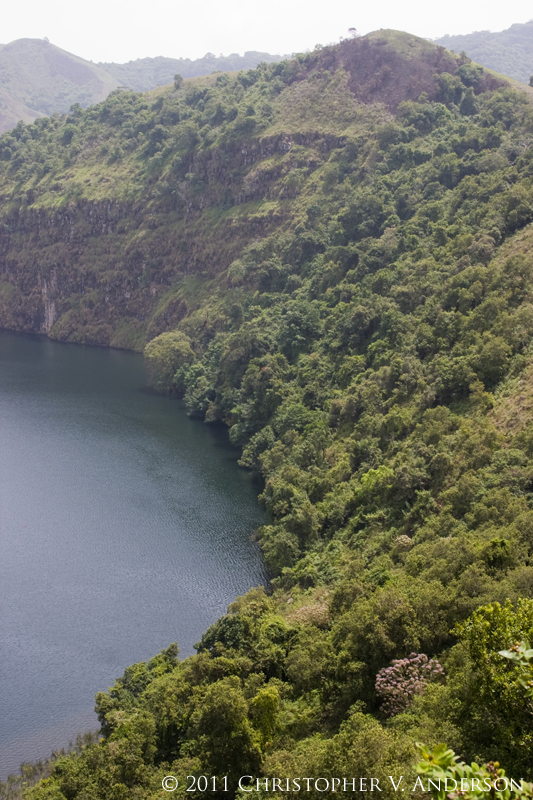
Ridge between the Male (left) and Female (Right) Lakes:
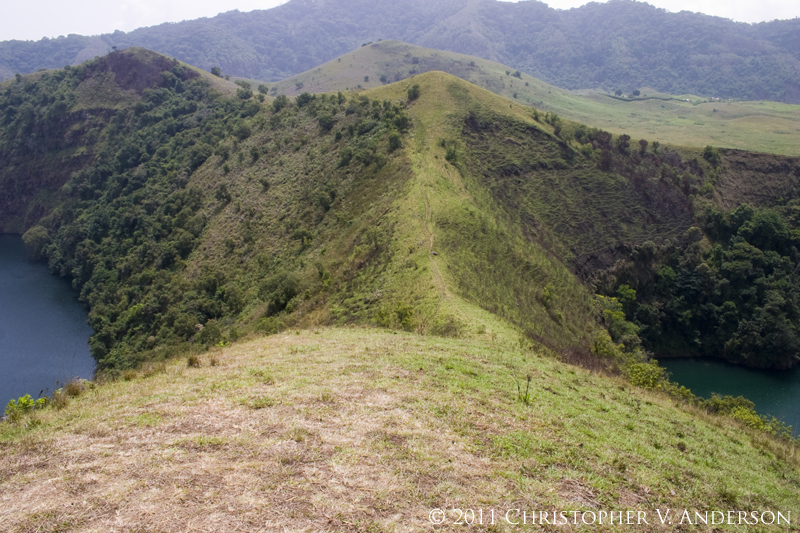
Female Lake of the Mount Manengouba Twin Crater Lakes:
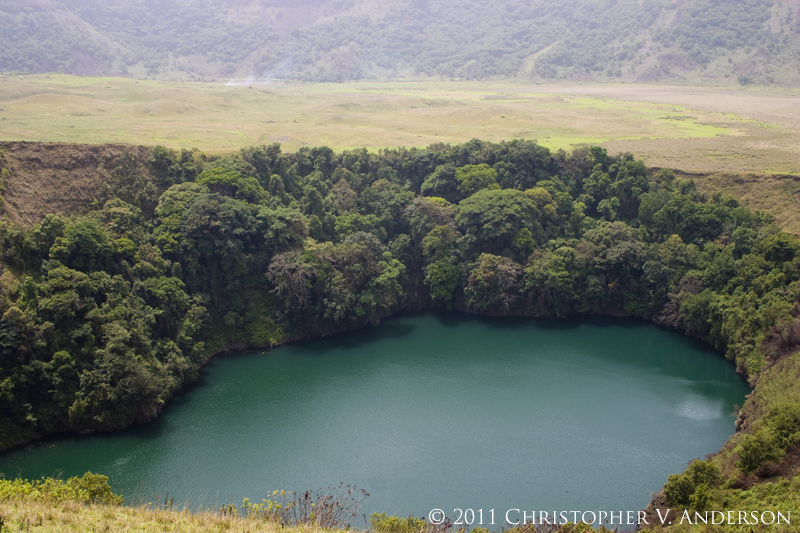
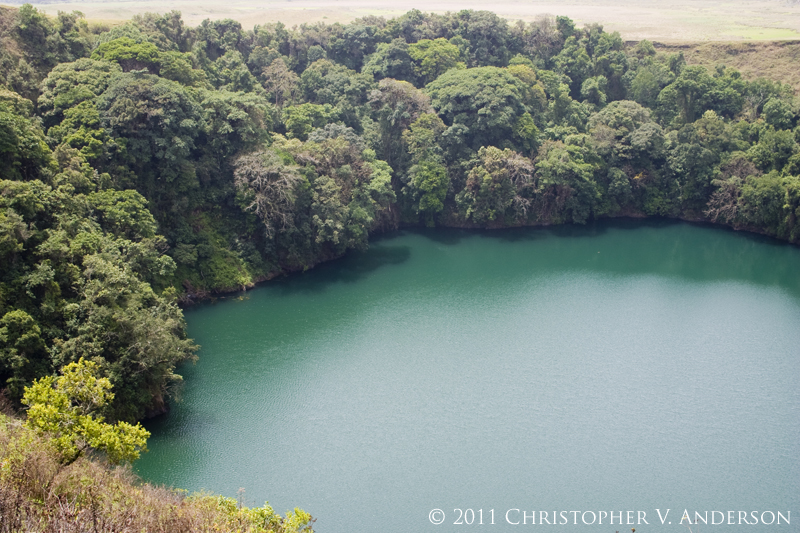
Following a swim, lunch and some exploration of the forest patches around the lakes, three of us decided to try to climb to the rim of the caldera to get an idea of what forest was left on the slopes of the mountain. The climb was extremely steep and seemed to be endless:
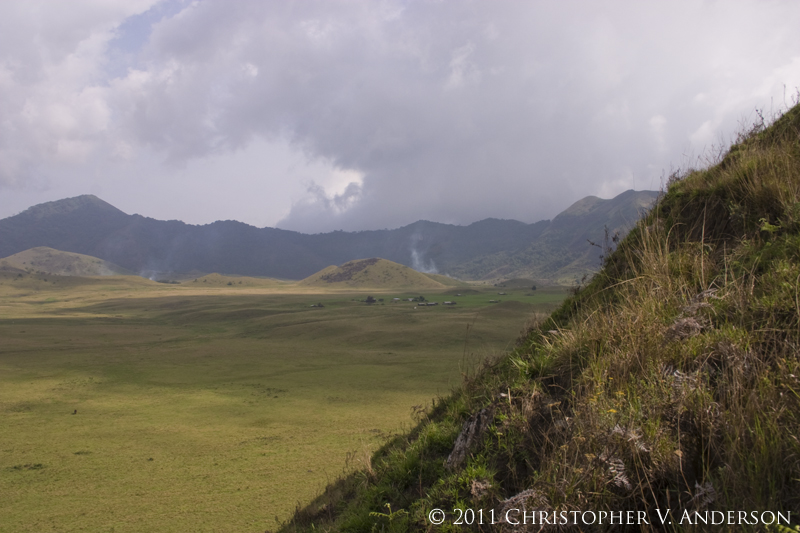
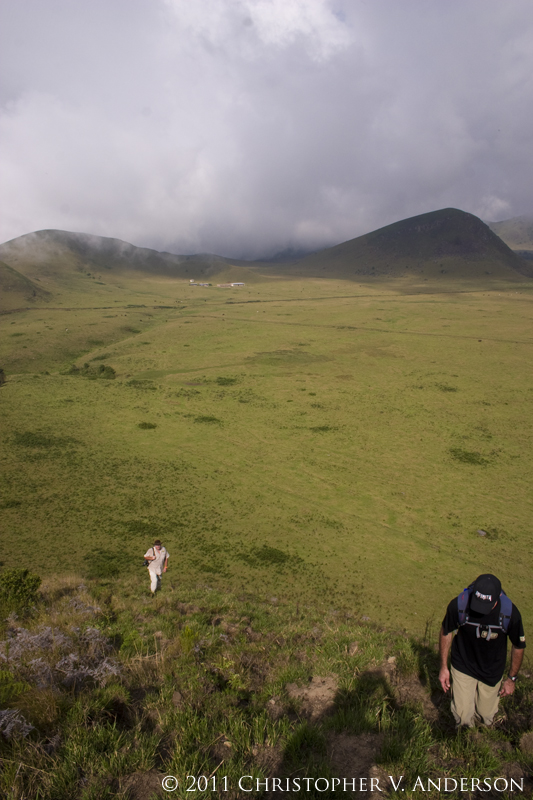
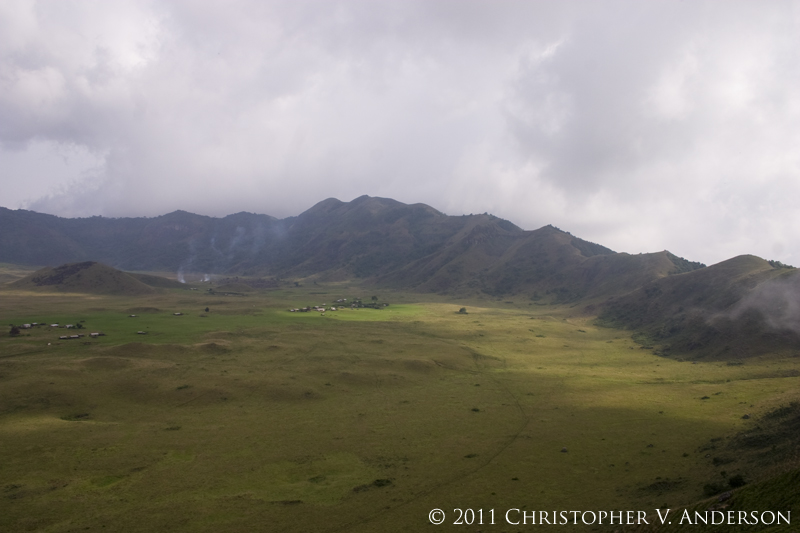
Once at the top, we were able to see a great deal of deforestation with primary forest seemingly only found on the steepest of slopes:
